Date Goes Here
What is VO2 Max for Optimal Performance
Date Published

Background
We will cover:
The Science of Exercise: Understanding mitochondria for endurance.
So when it comes to increasing vo2 max, increasing the quantity and quality of our mitochondria is the secret weapon.But first it's important to understand how the body metabolized oxygen begin with.
When we exercise, the energy in our muscles can increase up to 400 times, and our oxygen consumption can increase up to 100 times. Many studies highlight the connection between oxygen consumption and whole body mitochondrial density. We will cover a few throughout this article.
Endurance is defined in two main ways:
-
Anaerobic Endurance— Think max sets with weight. Anaerobic endurance involves the breakdown of macronutrients for energy. Muscular endurance creates a waste product called lactic acid which is measured with a lactate threshold test.
-
Aerobic Endurance — Defined as the amount of work the heart can perform at a max effort intensity, which is a relationship of oxygen use and lactate processing. Cardio endurance is measured with a VO2 max test, which requires a minimum of 20 minutes of steadily increasing effort.
An overview of exercise & mitochondria.
Calories (a unit of energy) are burned when we perform work. Work is a word used in physics for energy expenditure. In order for our bodies to produce any amount of movement, we first have to break down calories into usable cellular energy. This process utilizes oxygen, h2o, and a few metabolic pathways, and produces heat - the reason why we sweat.
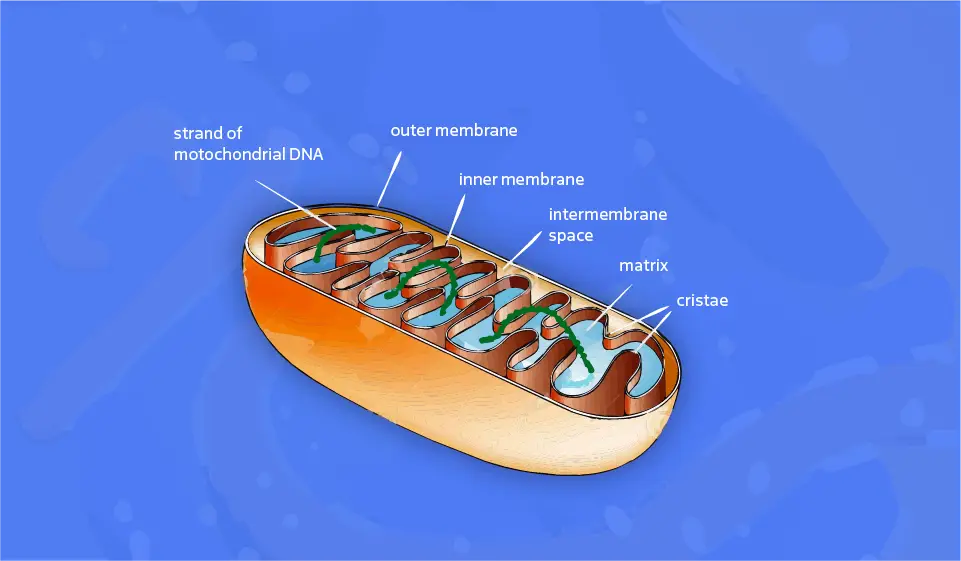
All if this happens inside a little powerhouse called the mitochondria located within each of our cells. Our bodies regulate the amount of energy needed by changing what's called the mitochondrial volume, and comprises up to 35% of total cellular volume.
The volume occupied by the mitochondria is correlated with the rate of energy used. This in turn affects how much oxygen the body requires during exercise [5]. Therefore increasing aerobic capacity is really increasing mitochondrial mass.
While resting, and under normal conditions, the mitochondrial matrix (see above) is relaxed and the inter-membrane distance is narrow, and volume is reduced allowing for low-energy transfer. This reduces caloric consumption and requires less oxygen [5].
During exercise and under cellular stress, the mitochondrial matrix shrinks, increasing the inter-membrane distance and causing a greater tax on the metabolic system. This causes certain ions like potassium and phosphate to undergo fluid distribution within the cell (during the formation of ATP) and creates an environment of increased caloric consumption [5].
Because of this we require supplements and fluids during prolonged periods of physical exercise (stress) -- none more important than oxygen and water.
What is vO2 max?
vO2 max is the volume of oxygen our bodies can use in the muscle during exercise.
Because oxygen is used during the process of energy expenditure (see the previous section), measuring vO2 max gives us a way to gauge the aerobic efficiency of our body.
In general, a higher vO2 max is considered better as this means the body is highly efficient at utilizing oxygen and removing the waste (lactic acid) that is produced during the process. However, not all athletes will high vO2 max outputs, and a high vO2 max output may not be the only indicator of a high-performance athlete.

Athletes with the highest VO2 max:
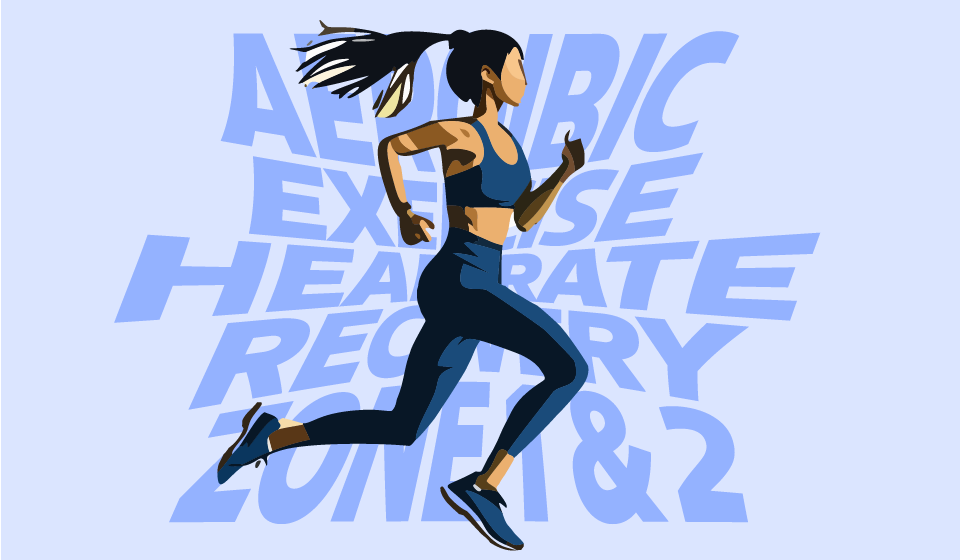
What can change vO2 Max?
VO2max will change throughout an individual's life due to a variety of factors. One report published the journal of Applied Physiology, Nutrition, and Metabolism in February of 2008 showed vO2max naturally declines as we age, primarily due to inactivity and a lack of appropriately intense cardiovascular activity up to middle age [1].
After middle age vO2 max can continue to decline by up to 50%, "even under conditions of similar oxygen delivery as young adult muscle" in part due to mitochondrial dysfunction, which increases more and more as we age.
The classical training paradigm says exercise is a process of training our muscles. The problem with this idea is it has led many people to believe exercise is about training specific organs, like legs, or arms, and that this somehow creates health benefits. For this reason many people misconceive they can "spot reduce" fat by working out a specific muscle group.
Remember those little powerhouses we talked about earlier called mitochondria? The reality is that when we exercise we are primarily training the mitochondria of our cells, teaching them to function better under stress [2]. Additionally, the denser the mitochondria in your muscles, the higher your vO2 max with be.
How to improve vO2 max?
If you had asked us a year ago we would have said "train at maximal aerobic capacity for a minimum of 20 minutes, at least 1 time per week". But new science has emerged that shows there may be more than one way to improve vO2 max depending on age, goals, and training history.
In order to increase exercise endurance, we need to improve the body's ability to utilize oxygen and deliver nutrients to the muscle. This means training the mitochondria of our cells to function better under stress.

Iron & B6 Supplementation
One study published in January of 2024 tested the effects of long-term iron and b6 supplementation on aging rats demonstrated a positive correlation between increased vO2 max, and mitochondrial biogenesis [3].
Caloric Restriction (intermittent fasting)
Another study published in August of 2005 aimed to determine the effects of long-term caloric restriction on age-associated vO2 max decline. The study was conducted on rats, but found that the population which maintained a calorie restricted diet for 35 months maintained aerobic capacity up to 40% better than the control group [4].
Blood Flow Restriction Training
Blood flow restriction is a form of training which involves the voluntary constriction of a limb that is performing exercise related work. It is an area which has not received a lot of study in the past, but has recently been shown as an effective treatment for increasing aerobic capacity.
One study published in May of 2014 showed that low-intensity training in previously untrained subjects increased oxygen delivery specifically to the muscles that had undergone blood flow restriction training [6].
Another study published in December of 2015 found that blood flow restriction training can increase peak muscle vO2, and that "mitochondrial volume can be down-regulated by chronic energy demand." [7]
This is because when we fatigue the muscle and restrict its ability to access oxygen, we train our mitochondria to function as if it were in a state of hypoxia [5]. This both increases capillary capacity, and puts a massive tax on the body. By training in this state we can train our body to render out as much lactic acid, and intake as much oxygen, as possible.
How to test vO2 max?
As mentioned at the beginning of the article, vO2 max requires a minimum of 20 minutes of increasing-intensity exercise. It is worth noting that estimations produced by a wearable may not produce the most accurate results.
For the most accurate tests:
- your doctor, or...
- college athletic department, or...
- purchase a wearable tracker (i.e. Garmin or Whoop)
Not all campuses have an athletic depart. Not all athletic departments have a way to test. However, it's worth checking as this can often be significantly cheaper than the doctor route.
Goodluck on your question for improved vO2 max. Feel free to reach out to us if you have any questions about what you read in this article, or seek personal training.
Resource Cards
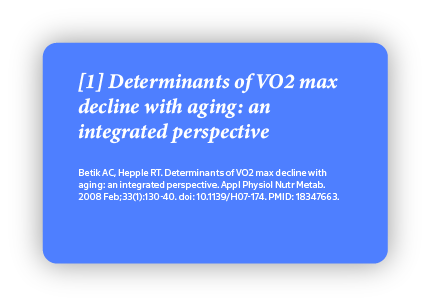
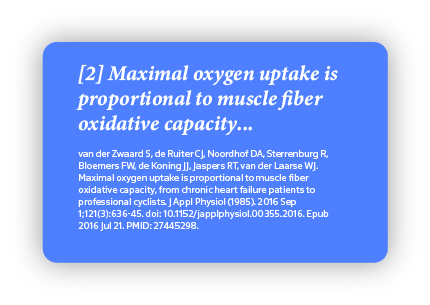

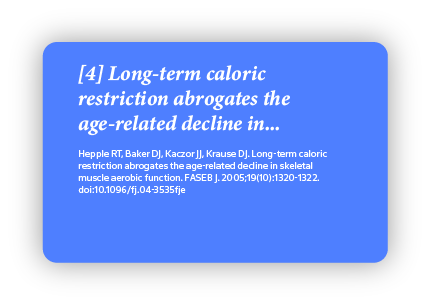



TL:DR
Blog posts
View all-
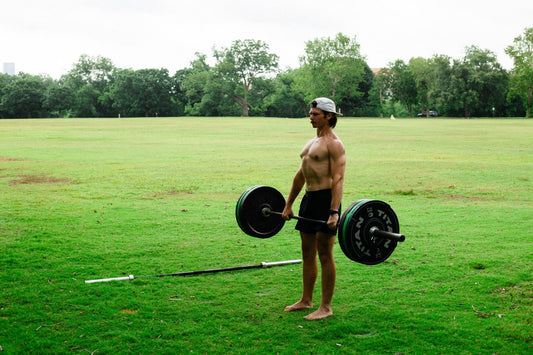
The Benefits of Training Barefoot
Discover how training outdoors and grounding with the Earth can reduce stress, boost recovery, and elevate performance naturally and effectively.
The Benefits of Training Barefoot
Discover how training outdoors and grounding with the Earth can reduce stress, boost recovery, and elevate performance naturally and effectively.
-

Innovations in Fitness Tools & Technologies
Opening Anecdote I was about a year into kettlebell training when I started noticing something in the gym: notebooks and apps everywhere—people either scribbling down workouts or scrolling through plans...
Innovations in Fitness Tools & Technologies
Opening Anecdote I was about a year into kettlebell training when I started noticing something in the gym: notebooks and...
-

The 6 Most Common Running Injuries and How to P...
Running is one of the most accessible and effective forms of exercise, but it comes with risks—especially if proper precautions aren’t taken. Overuse injuries plague runners of all experience levels,...
The 6 Most Common Running Injuries and How to P...
Running is one of the most accessible and effective forms of exercise, but it comes with risks—especially if proper precautions...



